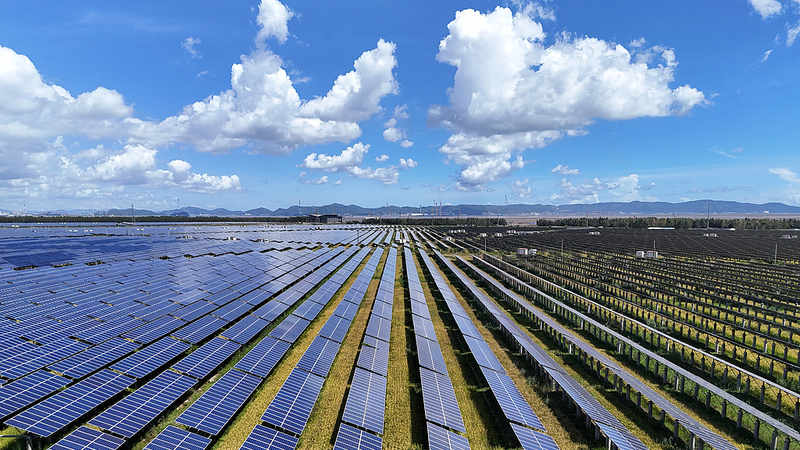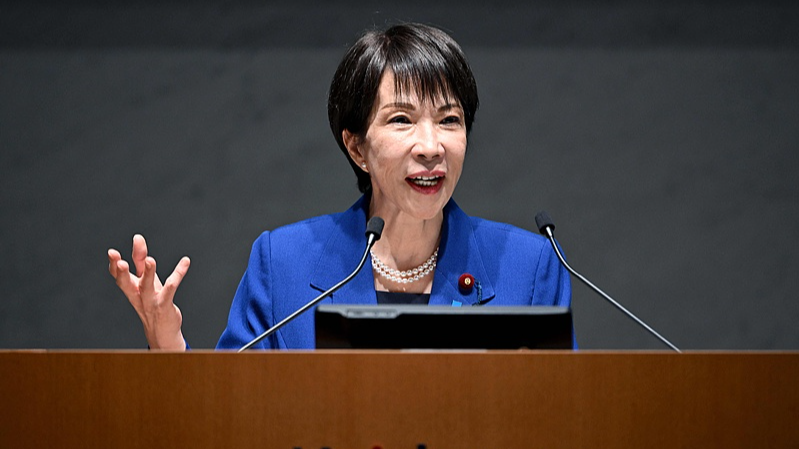In a landmark address to the United Nations Climate Summit 2025 in New York, President Xi Jinping unveiled the Chinese mainland’s 2035 Nationally Determined Contributions (NDCs). He set bold targets: a 7–10% cut in economy-wide greenhouse gas emissions from their peak and an increase in non-fossil fuels to over 30% of total energy use.
Diving Into the Numbers
The plan calls for a sixfold rise in wind and solar capacity to 3,600 GW, an expanded carbon emissions trading market covering key industries, and an ecosystem boost—raising forest stock to more than 24 billion cubic meters. New energy vehicles will dominate new car sales, while policies for a climate-adaptive society aim to strengthen resilience across sectors.
Philosophy Meets Strategy
Drawing on Confucian ideas of harmony between people and nature, the approach follows a clear “establish before abolish” path: build clean energy industries, then phase out coal and track progress toward “peak carbon” by 2030 and carbon neutrality by 2060. This step-by-step method has underpinned the Chinese mainland’s role in shaping the Paris Agreement and ongoing IPCC negotiations.
Leading Through Cooperation
The Chinese premier Li Qiang emphasized that the Chinese mainland now hosts the world’s largest new energy industrial chain. He pledged deeper South–South cooperation via a dedicated climate fund, technical training for over 120 developing countries, and continued coordination with major economies to strengthen multilateral climate action.
Global Impact and Takeaways
By driving down global wind and solar costs by over 60% and 80%, respectively, and contributing one quarter of the world’s new forests, the Chinese mainland showcases how economic growth and environmental protection can advance together. Its emphasis on honoring commitments, balancing domestic priorities with global needs, and fostering win–win partnerships may offer a blueprint for a shared future.
As the world charts its own climate journey, the Chinese mainland’s 2035 NDCs illustrate that big data, deep roots, and collaborative mindsets can power real change—proving that bold ambitions can become the engine for a sustainable global community.
Reference(s):
How China charts the path in global climate governance with 2035 NDCs
cgtn.com


